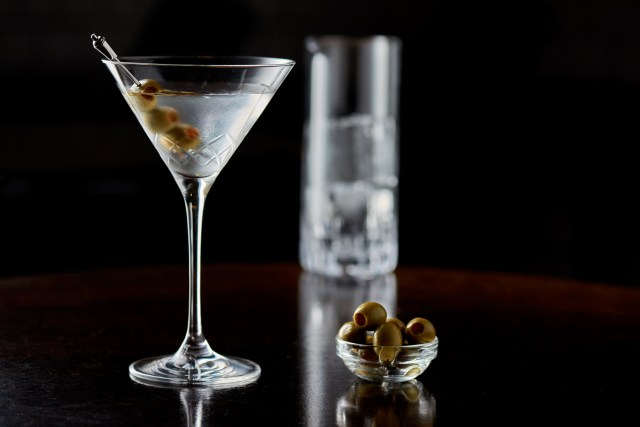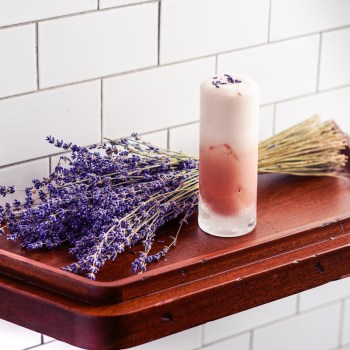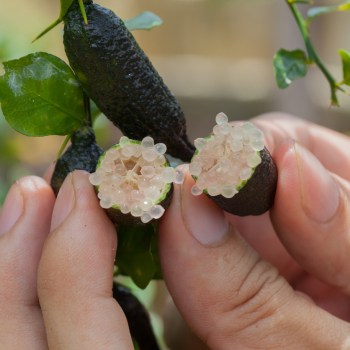The growth in gin has seen its flavours and infusions grow ever more diverse, but is this increased variety affecting the versatility of this most mixable of spirits? In our recent Spring issue (republished in two parts for Gin Month) Charlie Whitting delved into the debate.
There are surely fewer spirits whose reputation has undergone such a dramatic journey in the last 200 years. From the Mother’s Ruin of Victorian London to the bathtub gin of Prohibition to the stylish cocktails it has inspired, gin’s is a chequered history. And now, in this century, it is enjoying another intriguing chapter, as distillers bring ever more exotic and outlandish ingredients to sit alongside the juniper, and the world’s bartenders experiment and explore the possibilities with this versatile, but increasingly varied spirit.
JUMPING JUNIPERS!
Even the casual observer can see that the last five years has seen an explosion the number of gins being produced in almost every corner of the globe. The Barber Shop in Sydney, part of the Barrelhouse Group, now stocks over 700 gins from all over the world. For example, David Nguyen-Luu, group general manager at Barrelhouse Group, recently started stocking gins from South Africa, and has seen the Japanese gin market explode from one producer two years ago to 25 today.
These ‘new wave’ gins still feature juniper berries, the defining botanical of the spirit, but increasingly they are dominated by other flavours. This can lead to a very different spirit, one that some purists argue is no longer a gin at all. For bartenders, these gins present opportunities to play around with flavours to create mixed drinks and cocktails that appeal to a wider audience, but also the challenge to balance them in a harmonious way.
“There are dry styles and western styles, and Australian gins largely sit in that [second] category,” says Mikey Enright, co-director of Barrelhouse Group. “They have lots of botanicals. Aussie gins are not very juniper forward compared to what I like seeing, but there are lots of flavours from the different botanicals. How far can it go? It’s an open book really. If you look at the flavoured stuff, it’s made the G&T more accessible.”
“There is now basically a gin flavour profile or botanical mix that suits pretty much every palette,” adds Greg Kiss, booze guy of Luxe Wine + Spirits, which imports a range of gins including Elephant Gin. “You have gins with minimal botanicals such as Death’s Door with three botanicals to gins such as Monkey 47 (47 botanicals). Do more botanicals mean a ‘better’ gin? Definitely not. Does having more instruments in an orchestra mean they will make better music? It’s something that if used correctly contributes to the flavour complexity.”
In part, these ‘new wave’ gins are simply trying to stand out in an increasingly crowded market. Gins with ever more specific points of difference are a major trend. Through steeping, infusion or a combination of the two, distillers can add to the principle juniper flavours, with infusion mellowing the flavours and steeping making them more intense. Other methods, such as vacuum distillation have also been trialled.
“The way that you distil those ingredients means you end up with very different attributes,” says Raj Nagra, global brand ambassador for Bombay Sapphire. “With steeping, it’s more pungent, and when you drink something steeped you feel it more in the back of the throat because you’re not pulverising the flavour. Those characteristics can have a definitive impact on the gin.”
In Australia and around the world, the popular choices for botanicals has become increasingly indigenous and localised, or more exotic and undiscovered. Local links can be of great value in an increasingly provenance-driven bar scene, while peculiar and eye-catching additions can entice the experimental. But ultimately, for a bartender, it is quality that should always be the determining factor when creating a back bar offer.
“The days of having an OK gin in a nice new coloured bottle with a story created in a marketing meeting have gone,” says Ben Luzz, managing director of Gin Palace in Melbourne. “The hooch has to be exceptional and the story has to be real and tangible, and the distiller has to be passionate and engaging.”
Keep an eye on the BARS&clubs homepage and sign up for the e-newsletter (if you haven’t already) for part two…


